For elderly people, the prevention of falling and the ability to walk safely are among the most important factors for social interaction and participation in activities of daily living. Consequently, it is of great interest to foster, ensure, and when possible improve walking performance and functional mobility in older adults with appropriate training programs.
Moreover, it seems reasonable to regard the methods of a mobility or fall prevention training under DT conditions. Due to the positive results of some DT interventions one should include variable task prioritization and task switching elements to warrant transfer effects. In addition, training protocols should include increasing demands with a certain minimal duration and level of task specificity to gain task-related adaptations and to optimize cognitive and motor performance. To minimize the risk of falling and to reduce anxiety associated with falling, participants should learn task-managing strategies that allow them to switch between tasks and to prioritize the motor task to prevent instability.
Within this presentation the development of the task-managing training and the adoption to different target groups will be provided (i.e. hearing and cognitive impairments, nursing home residents, Morbus Parkinson).




